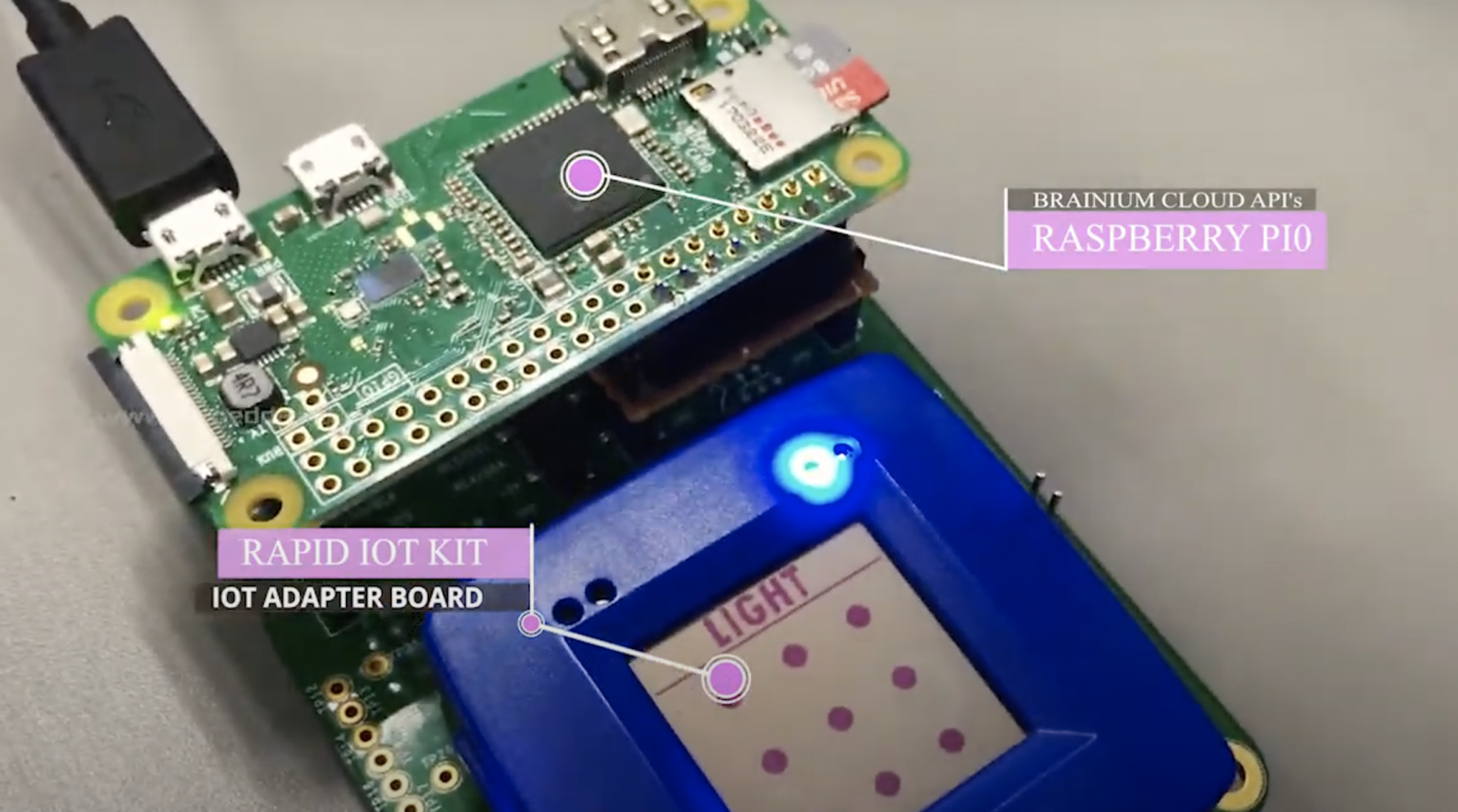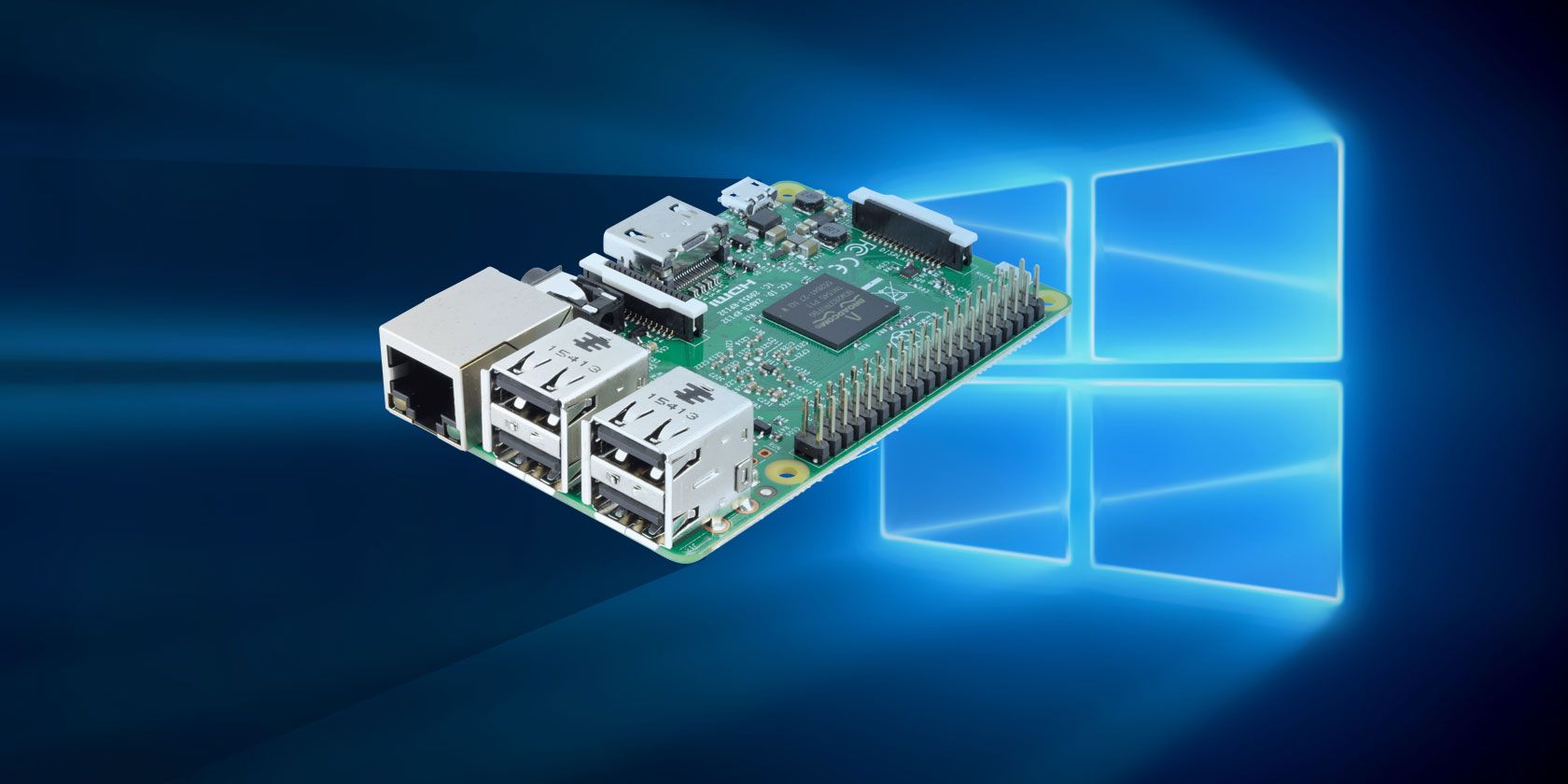Securing IoT Devices With Raspberry Pi Through P2P Architecture
In the modern era of connectivity, establishing secure communication between remote Internet of Things (IoT) devices through peer-to-peer (P2P) architecture has become a vital requirement for businesses and tech enthusiasts alike. As the number of interconnected devices continues to grow, safeguarding data exchange and ensuring privacy are more important than ever. With the advent of IoT technology, Raspberry Pi has emerged as a flexible and powerful platform for building secure and scalable systems.
For developers, hobbyists, and small business owners, understanding the process of securely connecting remote IoT devices using P2P architecture with Raspberry Pi is essential. This article will walk you through the steps to create a secure IoT P2P network using Raspberry Pi, providing detailed instructions for setting up the necessary software on Windows.
By the time you finish reading this article, you will have a thorough understanding of the tools, techniques, and best practices for creating a secure IoT P2P environment. Let's delve deeper into how Raspberry Pi can help you achieve seamless connectivity while maintaining top-tier security standards.
- Bruno Mars Unpacking The Controversies Behind The Global Superstar
- Discover The Art Of Carne Asada Chipotle A Flavorful Journey Through Mexican Cuisine
Table of Contents
- Introduction to IoT P2P on Raspberry Pi
- Understanding Raspberry Pi and Its Role in IoT
- Security Considerations for IoT P2P Networks
- Software Setup for Secure IoT P2P
- Connecting Remote IoT Devices
- Downloading Necessary Software on Windows
- Optimizing Network Performance
- Troubleshooting Common Issues
- Real-World Use Cases
- Conclusion and Next Steps
Exploring IoT P2P with Raspberry Pi
The Internet of Things (IoT) has transformed the way we interact with devices and systems, enabling a smarter and more connected world. Peer-to-peer (P2P) architecture offers a decentralized method of communication, eliminating the need for centralized servers and reducing latency. With its affordability, flexibility, and extensive community support, Raspberry Pi stands out as the perfect platform for implementing secure IoT P2P networks.
Why Choose Raspberry Pi for IoT Projects?
Raspberry Pi is a compact yet powerful single-board computer that can be customized for a wide range of applications. Its small size, low power consumption, and compatibility with open-source software make it an excellent choice for IoT enthusiasts. Moreover, Raspberry Pi supports multiple programming languages and protocols, offering versatility for developers of all levels.
Advantages of Implementing IoT P2P Networks
- Enhanced security through direct and encrypted device communication.
- Minimized reliance on third-party servers, reducing operational costs.
- Improved data privacy and integrity, ensuring sensitive information remains protected.
- Scalability to accommodate growing networks, making it ideal for long-term projects.
Understanding the Role of Raspberry Pi in IoT
Raspberry Pi has evolved far beyond its initial purpose as an educational tool. Today, it serves as a versatile platform for developers, hobbyists, and professionals working in IoT and beyond. Its compatibility with various operating systems and software frameworks makes it an indispensable asset for IoT applications.
- Aaron Pierre And Jessica Hardwick A Closer Look At Their Life Together
- A Comprehensive Exploration Of Ashantis Feet And Their Role In Her Iconic Image
Key Features of Raspberry Pi
- Compact design with GPIO pins for easy integration with external sensors and peripherals.
- Support for multiple operating systems, including Raspbian, Ubuntu, and others, offering flexibility in development.
- Built-in Wi-Fi and Bluetooth capabilities for seamless wireless connectivity.
- Compatibility with programming languages like Python, C++, and Java, enabling developers to choose their preferred tools.
When selecting a Raspberry Pi model for your IoT P2P network, consider your project's specific requirements. For instance, the Raspberry Pi 4 Model B offers superior performance and connectivity options, making it ideal for demanding applications.
Critical Security Measures for IoT P2P Networks
Security remains a top priority when working with IoT devices, especially in a P2P network. Ensuring secure communication between devices is essential to prevent unauthorized access and potential data breaches. Below are some critical security considerations to keep in mind:
Implementing Robust Encryption Protocols
Using strong encryption protocols, such as TLS (Transport Layer Security), is vital for securing data transmission in IoT P2P networks. Encryption ensures that intercepted data remains unreadable to unauthorized parties, maintaining data integrity and confidentiality.
Device Authentication Mechanisms
Verifying the identity of devices in a P2P network is another crucial aspect of IoT security. Techniques such as digital certificates and public key infrastructure (PKI) can effectively authenticate devices, ensuring only authorized systems can participate in the network.
Regular Updates and Maintenance
Keeping your Raspberry Pi and IoT devices updated with the latest firmware and software patches is essential for addressing potential security vulnerabilities. Regular updates not only enhance security but also improve overall system performance and reliability.
Step-by-Step Software Setup for Secure IoT P2P
Setting up the software for a secure IoT P2P network involves several critical steps. Below is a comprehensive guide to help you configure your Raspberry Pi for this purpose:
Installing Raspbian OS on Raspberry Pi
Raspbian, the official operating system for Raspberry Pi, provides a stable and reliable foundation for IoT projects. To install Raspbian, follow these steps:
- Download the latest Raspbian image from the official website.
- Use a reliable tool like Balena Etcher to write the image to an SD card.
- Insert the SD card into your Raspberry Pi and power on the device to begin the installation process.
Configuring Wi-Fi and Enabling SSH
To remotely manage your Raspberry Pi, you need to configure Wi-Fi and enable the SSH service. This can be achieved by editing the `wpa_supplicant.conf` file and creating an empty `ssh` file on the SD card before booting the device. These steps allow you to connect to your Raspberry Pi from any location securely.
Establishing Connections with Remote IoT Devices
Once your Raspberry Pi is fully configured, the next step is to connect remote IoT devices to your P2P network. This involves setting up network parameters and establishing secure communication channels.
Utilizing MQTT for Device Communication
MQTT (Message Queuing Telemetry Transport) is a lightweight messaging protocol designed specifically for IoT applications. By setting up an MQTT broker on your Raspberry Pi, you can enable efficient and secure communication between remote devices, ensuring data is transmitted reliably and promptly.
Configuring Firewall Rules for Enhanced Security
Firewall rules are essential for securing your IoT P2P network against unauthorized access. Tools like `ufw` (Uncomplicated Firewall) allow you to define rules that restrict access to specific ports and IP addresses, minimizing potential security risks.
Setting Up Raspberry Pi Software on Windows
For users working on Windows, downloading and installing the necessary software for Raspberry Pi is a straightforward process with the right tools. Below are some recommendations to simplify the setup:
Installing PuTTY for SSH Connectivity
PuTTY is a widely-used SSH client for Windows that enables remote access to your Raspberry Pi. Download PuTTY from the official website, configure it to connect to your Raspberry Pi's IP address, and enjoy seamless remote management capabilities.
Using WinSCP for Secure File Transfers
WinSCP is a secure file transfer tool that supports protocols like SFTP and SCP, allowing you to transfer files between your Windows machine and Raspberry Pi effortlessly. This tool is invaluable for managing your IoT P2P network's files and configurations.
Optimizing IoT P2P Network Performance
Optimizing your IoT P2P network can significantly enhance its performance and reliability. Here are some strategies to help you achieve optimal results:
Reducing Latency in Data Transmission
Minimizing latency is crucial for maintaining smooth and efficient communication in your IoT P2P network. By optimizing data transfer protocols and ensuring stable network connections, you can reduce delays and improve overall performance. Tools like `ping` can help you measure latency and identify potential bottlenecks.
Monitoring Network Activity for Proactive Maintenance
Regularly monitoring network traffic is essential for detecting anomalies and ensuring the smooth operation of your IoT P2P network. Tools such as `iftop` and `nload` provide real-time visualizations of network activity, enabling you to address issues proactively.
Solving Common Issues in IoT P2P Networks
Even with meticulous planning, challenges may arise during the setup and operation of your IoT P2P network. Below are some common problems and their solutions:
Resolving SSH Connection Errors
If you encounter SSH connection errors, verify that the SSH service is running on your Raspberry Pi and that you are using the correct IP address. Double-check your configuration settings to ensure all parameters are correctly specified.
Addressing Network Connectivity Issues
Network connectivity problems can disrupt the operation of your IoT P2P network. Check your Wi-Fi settings to ensure your Raspberry Pi is connected to the correct network. Restarting the device or resetting network configurations may resolve connectivity issues effectively.
Practical Applications of IoT P2P Networks
IoT P2P networks powered by Raspberry Pi find applications across various industries. Below are some real-world examples showcasing their versatility and potential:
Smart Home Automation with Raspberry Pi
Raspberry Pi can serve as the central hub for controlling smart home devices, such as lighting systems, thermostats, and security cameras. By leveraging a secure P2P network, you can manage these devices remotely, enhancing convenience and energy efficiency.
Industrial IoT Solutions
In industrial environments, Raspberry Pi can be utilized to monitor and control machinery, optimize production processes, and improve overall efficiency. IoT P2P connectivity enables real-time data exchange and analysis, empowering businesses to make informed decisions.
Final Thoughts and Future Steps
In conclusion, securely connecting remote IoT devices using P2P architecture with Raspberry Pi offers numerous advantages, including enhanced security, reduced latency, and improved scalability. By following the steps outlined in this article, you can establish a robust IoT P2P network that ensures seamless communication between devices.
We invite you to share your thoughts, experiences, and questions in the comments section below. Additionally, explore other articles on our website for more insights into IoT and Raspberry Pi projects. Together, let's continue building a smarter, more connected world!
- Discover The Rich Heritage Of Authentic Sweet Potato Pie
- Exploring The Dynamic Duo Jaime Pressly And Margot Robbie

Securely Connect Remote IoT VPC Raspberry Pi Download Windows A

Securely Connect Remote IoT P2P Raspberry Pi Download Windows Free A

Securely Connect Remote IoT P2P Raspberry Pi Download Windows Free A